Native American Art & Cultural Heritage Objects
The Collection
Columbia University’s Art Properties collection of Native American art and cultural heritage objects, based in Avery Architectural & Fine Arts Library, includes about 500 objects mostly made during the nineteenth and early twentieth centuries by American Indian and Native Alaskan artists and makers. The collection is predominantly affiliated with American Indian tribes from the Plains and Southwest regions, but there are also items made by Inupiat, Nez Percé, and other American Indian tribes. Among the archaeological collections associated with Native Americans are twenty-six ceramic vessels made by unidentified Ancestral Puebloan and Mimbres peoples of the Southwest, dating from about 1000-1200 CE; and thirty-five arrowheads and related implements mostly associated with peoples from Eastern and Midwestern states. (Art Properties also holds works of art and cultural heritage objects made by Indigenous peoples of Canada, Mexico, and Central/South America, but this webpage focuses on US-related Native American tribes.)
The first part of the Native American collection was acquired in the late nineteenth or early twentieth century by George N. Olcott (1869-1912), a Columbia linguistics and classics professor who was interested in archaeological discoveries worldwide. The majority of Olcott’s collection is from ancient Rome and Etruria and numbers in the thousands; the collection came to Columbia as a bequest after his death to support teaching and learning. The Native American holdings in the Olcott collection are small, comprising about thirty-five arrowheads and related implements, many of which likely originate from undocumented archaeological sites.
The second part of the Native American collection was brought together in the 1920s and 1930s by Wendell T. Bush (1866-1941), a Columbia philosophy professor interested in global religions and rituals, who encouraged students to learn directly from the objects in his care. In 1935 he donated his collection to Columbia so other faculty could teach from it. Six years later, just after he died, Columbia opened up the Bush Collection of Religion and Culture in Low Library, where faculty in the Department of Religion were hired as curators to teach from and look after the museum-like display of this collection. In the 1960s, the collection moved to Kent Hall, where it continued to be overseen by the Department of Religion, and in the 1980s the collection was accessioned into Art Properties for preservation and to provide continued access for education and research. The Bush collection includes objects from East Asia and other parts of the world, but it is predominantly a Native American collection with the majority of cultural belongings associated with Plains Indian and Southwestern tribes.
The third part was acquired in 1997 when sixty-three Native American works of art, predominantly ceramics and textiles affiliated with American Indian tribes of the Southwest, were approved by the Provost-appointed Committee on Art Properties as a gift-in-kind from husband and wife Columbia alum Stanley B. Stein and Caroline Stein. The Stein gift also included 45 photogravures by Edward Curtis from his multi-volume book and portfolio series The North American Indian (1907-1930), a complete set of which is available for consultation in the Rare Book and Manuscript Library (B302.82 C942 13V Folio & F-Flat).
NAGPRA & Art Properties
In 1990, the United States government passed the Native American Graves Protection and Repatriation Act (NAGPRA). Among other things, this law recognizes the rights of lineal descendants, Indian Tribes, and Native Hawaiian organizations in certain Native American cultural items, and provides processes for the protection and return of such items.
This webpage is an effort on the part of Art Properties to provide transparency and awareness about the Native American objects in our care as we strive toward the highest professional standards for ethical stewardship of these objects.
The 1997 gift of Native American objects from the Steins initiated action by Art Properties to begin work toward compliance with NAGPRA. Read more about the work completed by Art Properties as of August 2021.
Art Properties has continued to request consultations with federally recognized Native American tribes that have possible cultural affiliations to items in the collection. This work is ongoing and updates will be posted on this webpage over time. Below is a series of recent developments:
- In 2024, Art Properties began taking steps to comply with new NAGPRA regulations, which went into effect on January 12, 2024.
- In May and July 2025, Art Properties conducted consultations that resulted in a repatriation request. Art Properties, Columbia University Libraries, and the Committee on Art Properties are reviewing and processing this repatriation request according to federal regulations.
- In October 2025, Art Properties submitted to the federal NAGPRA Office an updated collection summary of all Native American holdings, which included documentation on the recently identified Olcott holdings, and correcting provenance errors on items included in the previous collection summary.
Documentation, Research, & Displays
Below is a list of links to resources demonstrating how the Native American objects in Art Properties have been organized, cataloged, stewarded, displayed, and researched in support of Columbia University’s educational mission. In 2022 and 2023, Art Properties received awards from the Columbia University Libraries’ Antiracism, Diversity, Equity, and Inclusiveness (ADEI) program, which supported research projects on aspects of the collection by two graduate students, as well as the rehousing and imaging of selected objects.
Documentation
- Collection summary (inventory) of cultural belongings, submitted in fulfillment of NAGPRA compliance (PDF sorted by Classification, then Cultural Affiliation; last updated October 2025)
- Native American objects cataloged in CLIO
- Selection of Native American objects with study images in JSTOR Public Collection
Student Research Reports
- Kachina and Kokko: Hopi and Zuni Figures in the Art Properties Collection at Columbia University by Darcy Olmstead (MA in Art History, Spring 2023)
- Bird Motifs and Pueblo Pottery in the Art Properties Collection at Columbia University by Michael Gibson-Prugh (MA in American History, Fall 2023)
Displays
- Object Relations: Indigenous Belongings (This project was guest-curated by Alan Michelson, artist, curator, writer, lecturer and Mohawk member of the Six Nations of the Grand River. It was displayed from December 2021 to March 2022 at Columbia’s Miriam and Ira D. Wallach Art Gallery.)
- Messages Across Time and Space: Inupiat Drawings from the 1890s at Columbia University (This project was organized by Prof. Elizabeth Hutchinson, Barnard College and Dept. of Art History and Archaeology, and her students. It was displayed from September to November 2015 at Columbia’s Center for the Study of Ethnicity and Race.)
As of January 2024, in compliance with the new NAGPRA regulations, Art Properties is not permitting any exhibit of, access to, or research on Native American funerary objects, sacred objects, and objects of cultural patrimony in its collection without appropriate consent from lineal descendants, Indian Tribes, or Native Hawaiian organizations.
Contacting Art Properties with Inquiries about NAGPRA
Art Properties is committed to consultations with lineal descendants, Indian Tribes, and Native Hawaiian organizations as part of its mission to maintain professional standards of ethical stewardship for the University collections. For all inquiries and communications regarding Art Properties collections, including NAGPRA and our Indigenous collections, see our contact information below and in the sidebar.
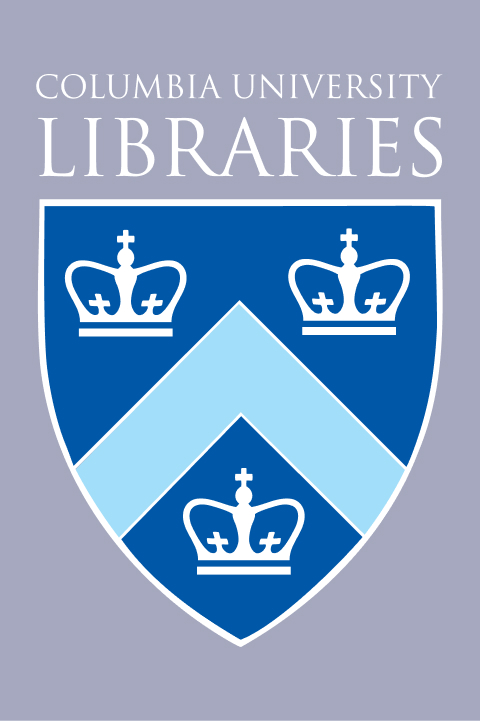
Eric J. Reisenger
Art Handler
- Art Properties
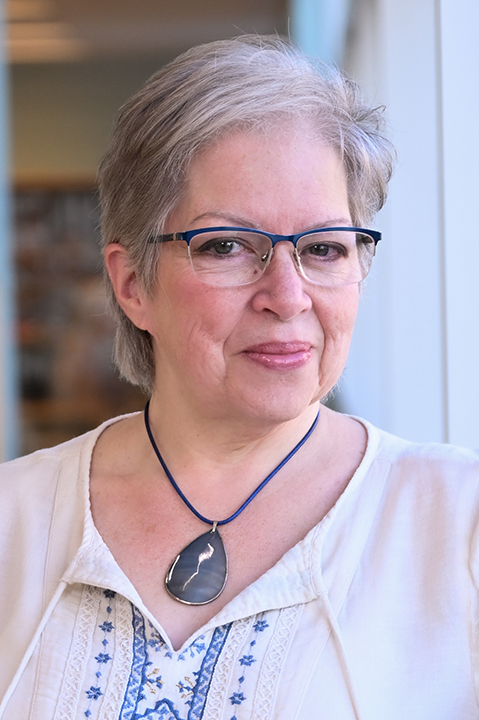
Lillian Vargas
Administrative Assistant
- Art Properties

Roberto C. Ferrari
Curator of Art Properties; Lecturer in Art History & Archaeology
- Art Properties
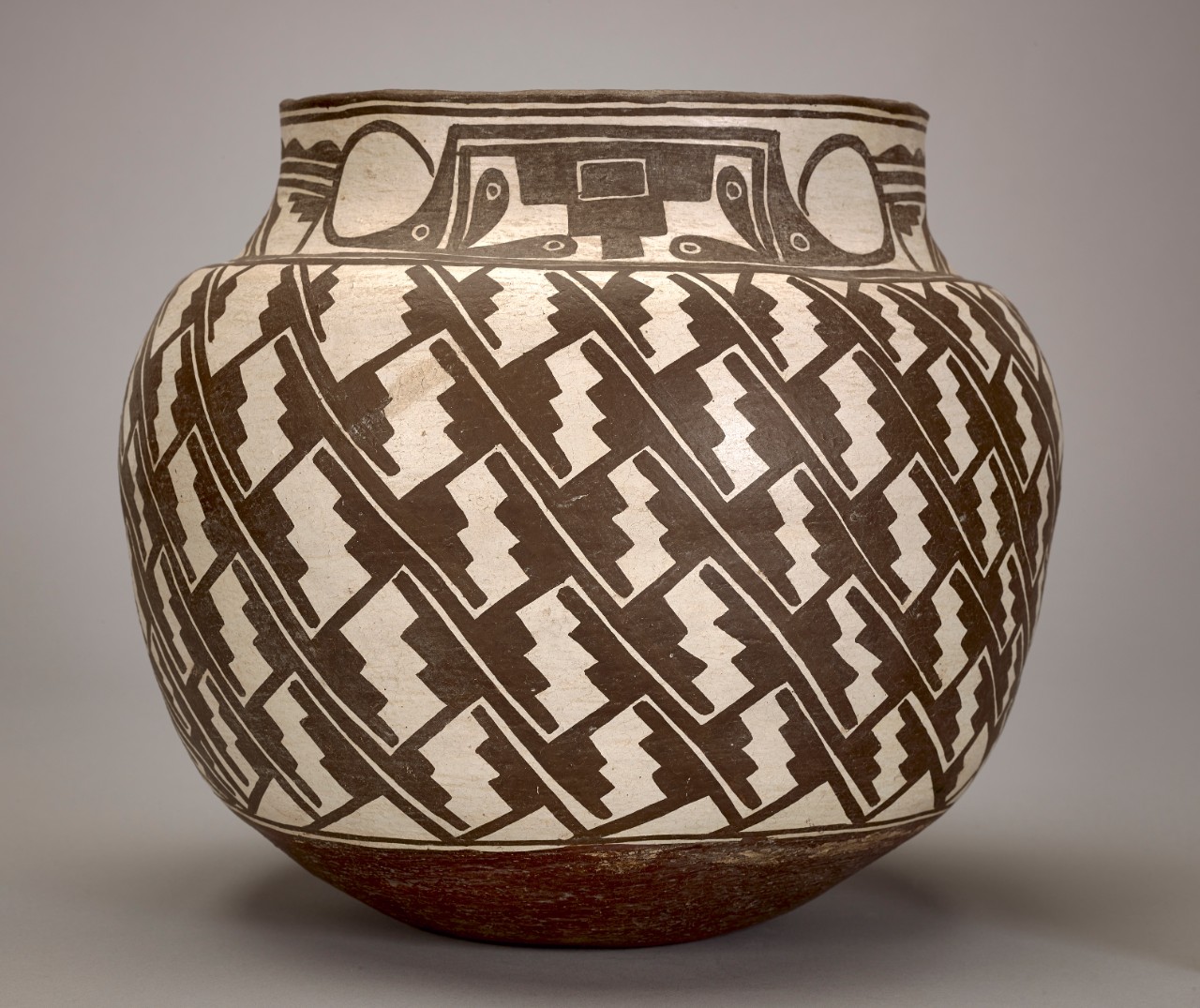
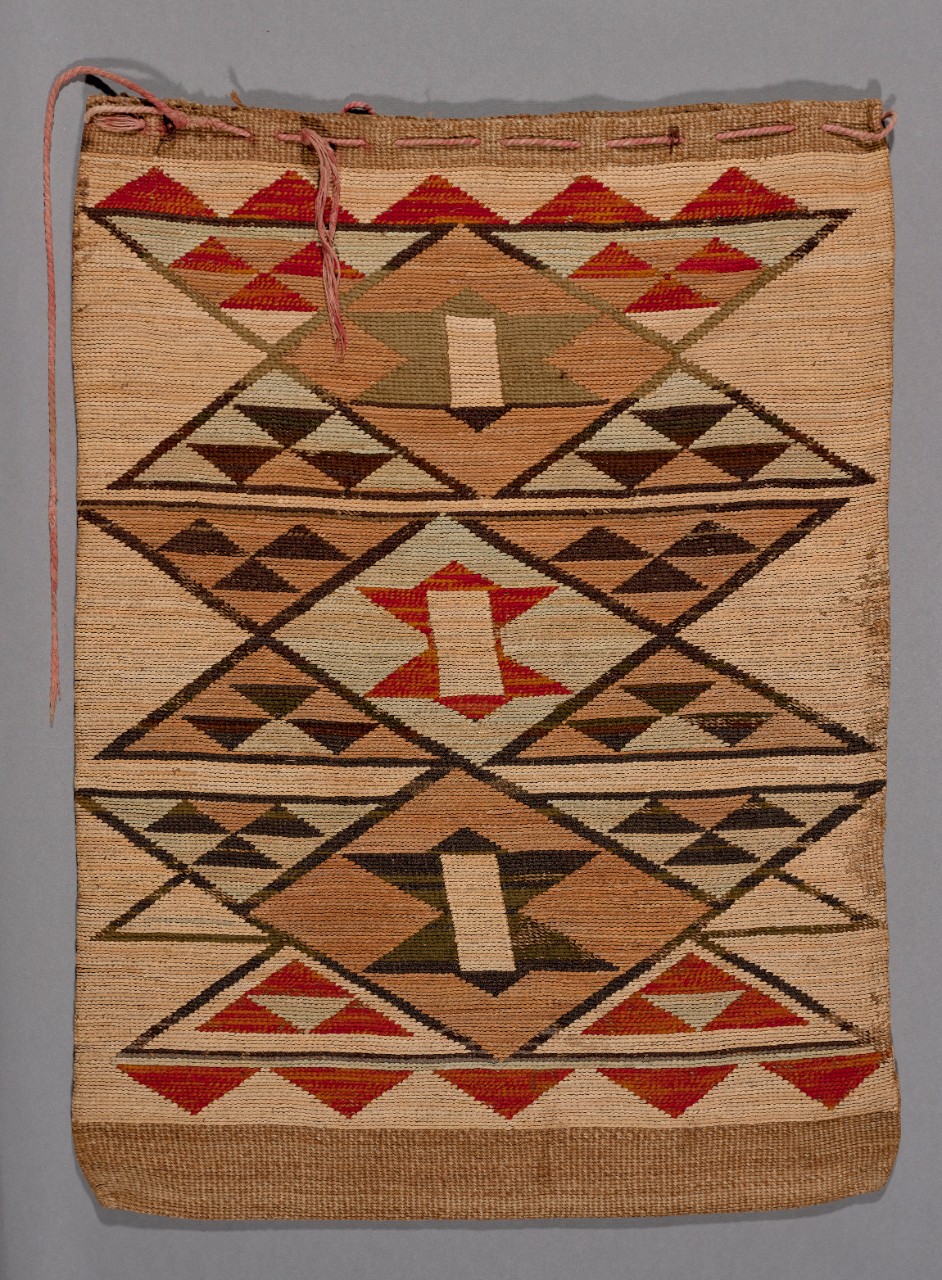
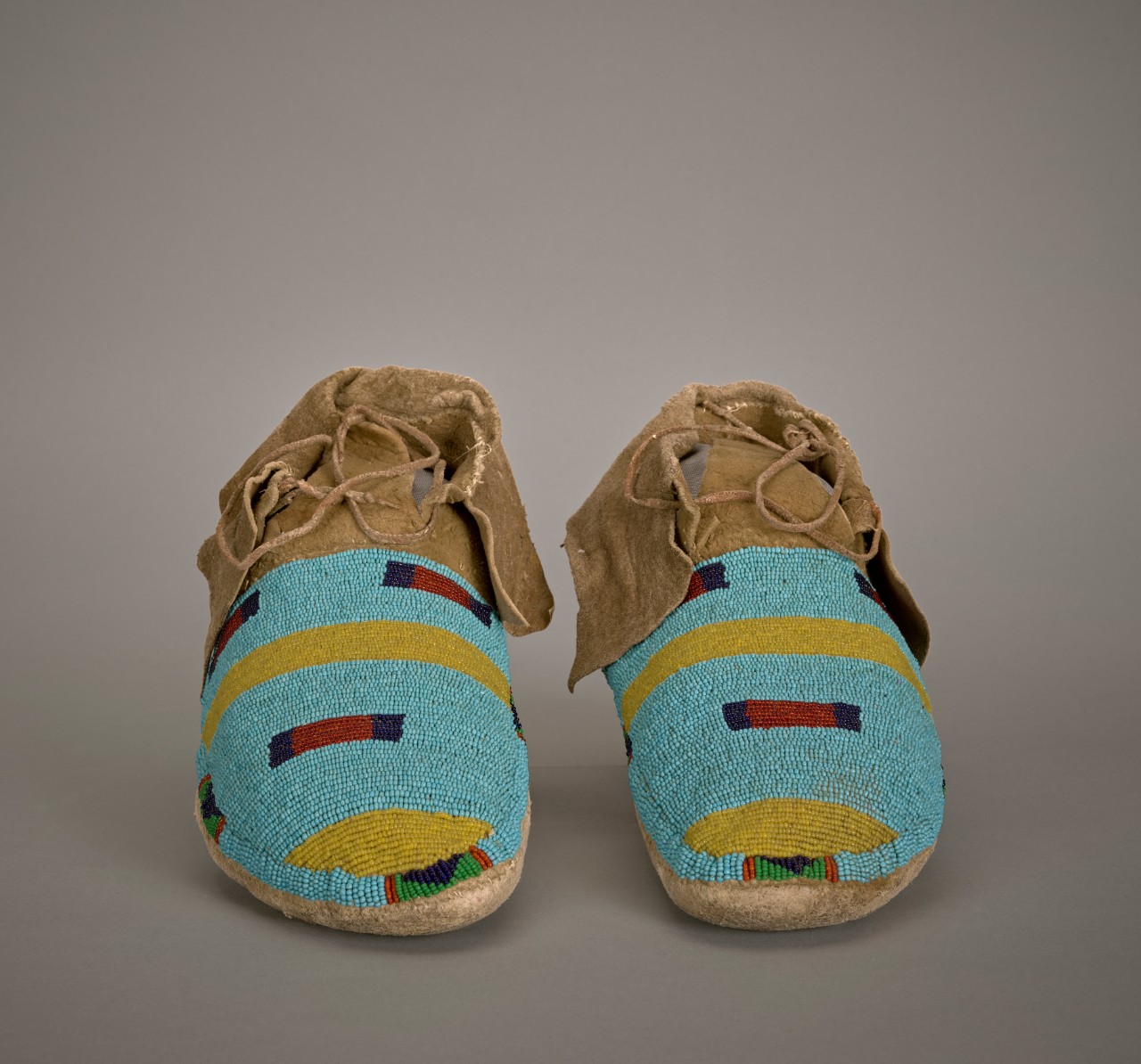
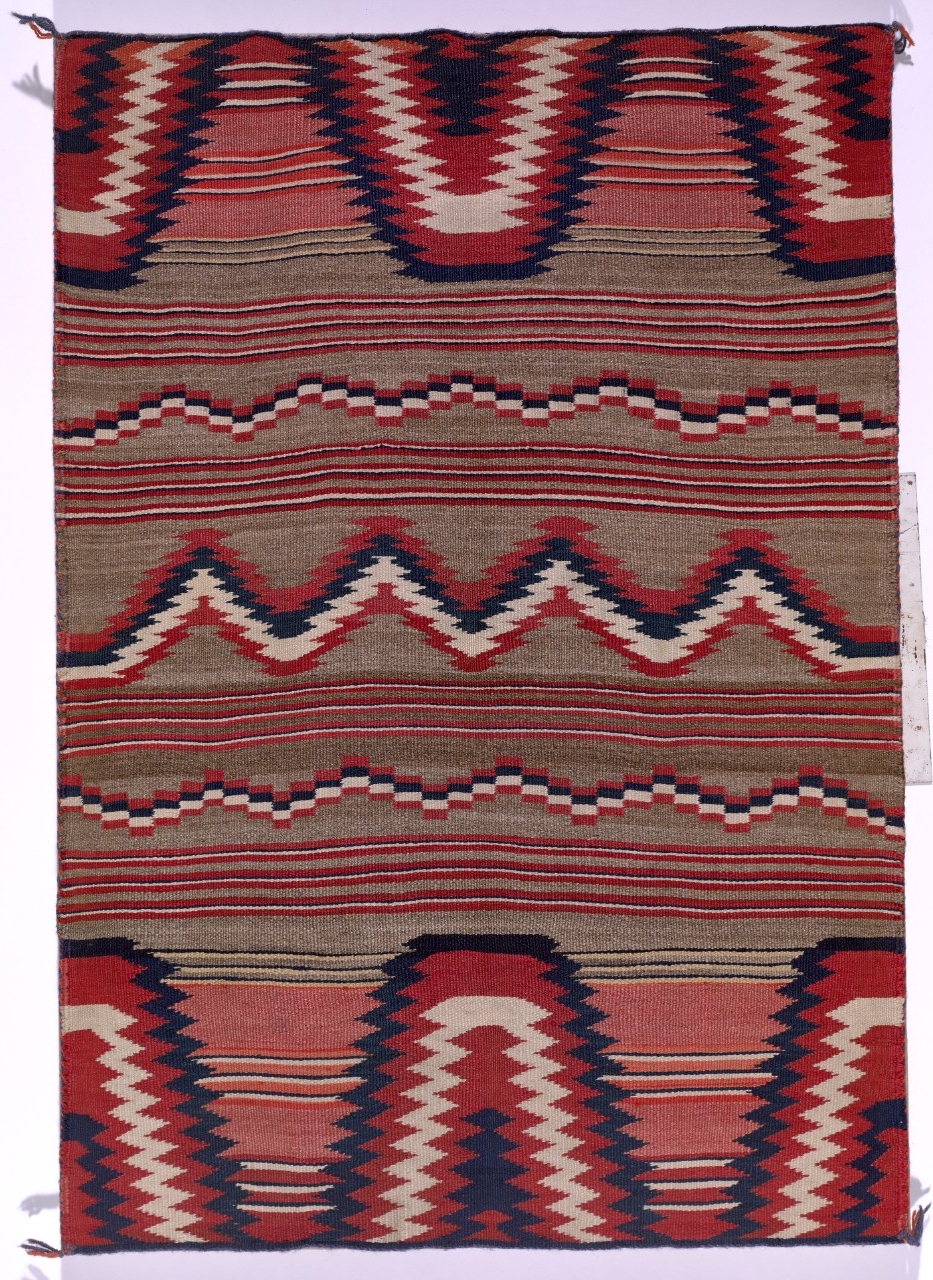
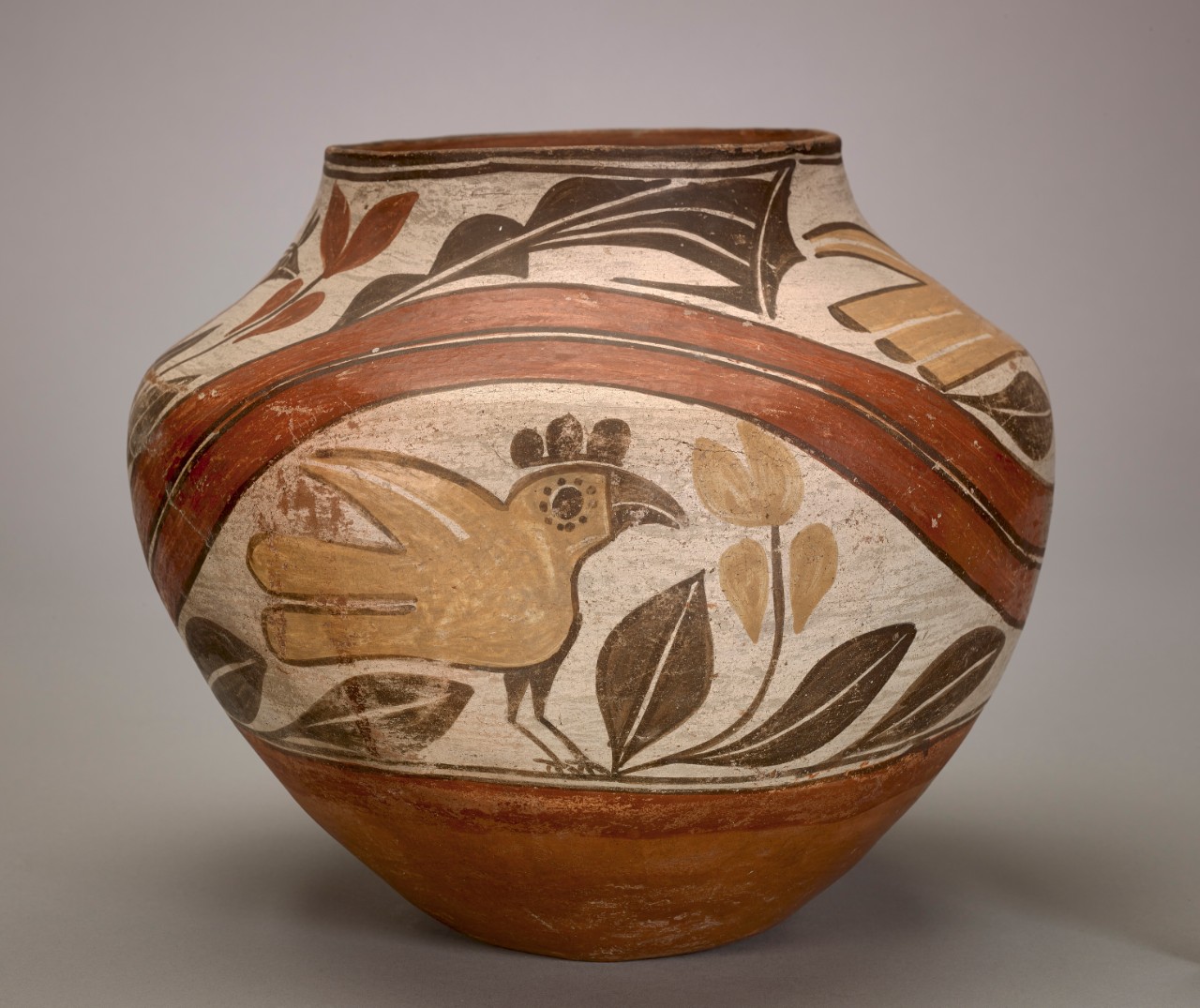
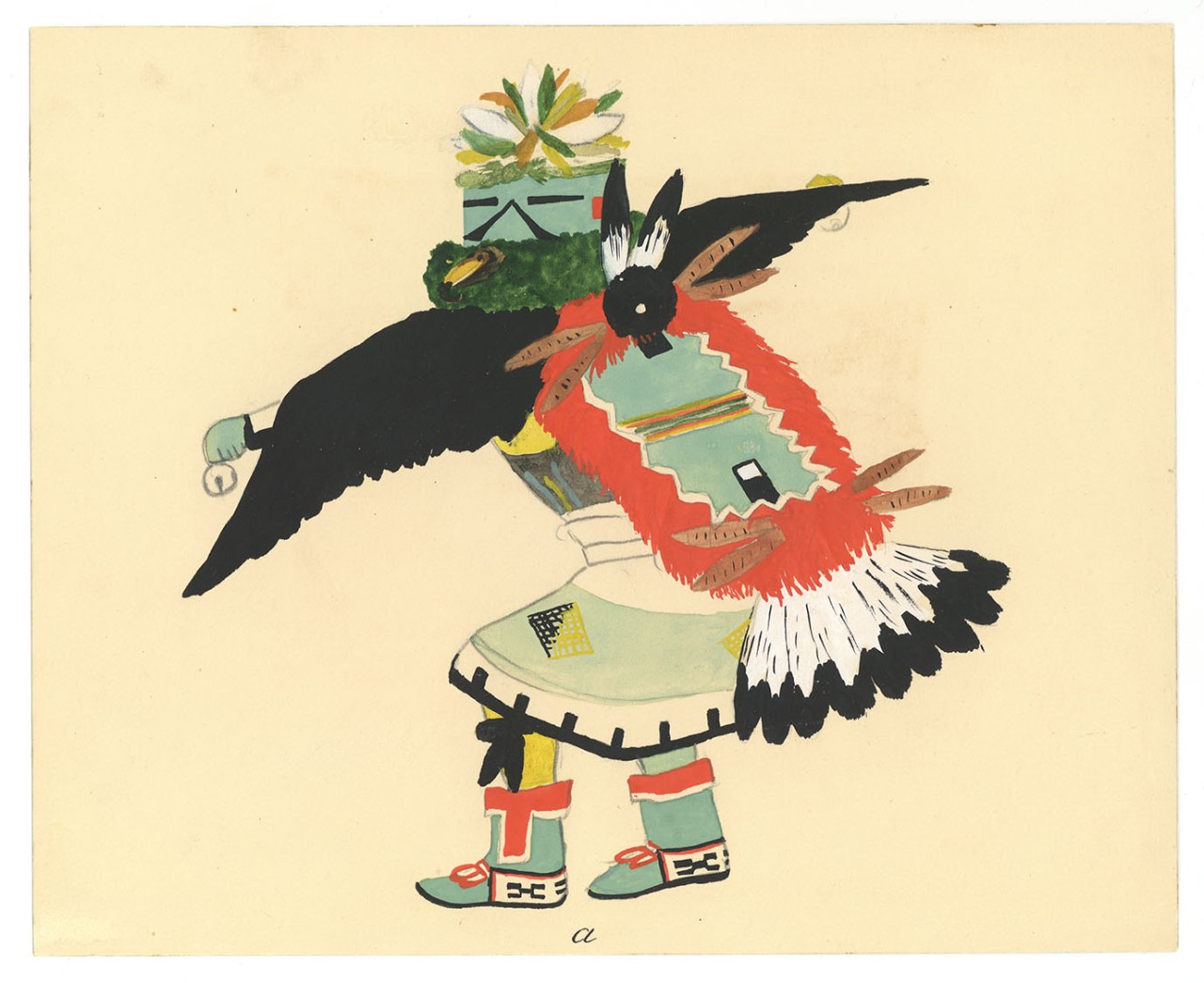
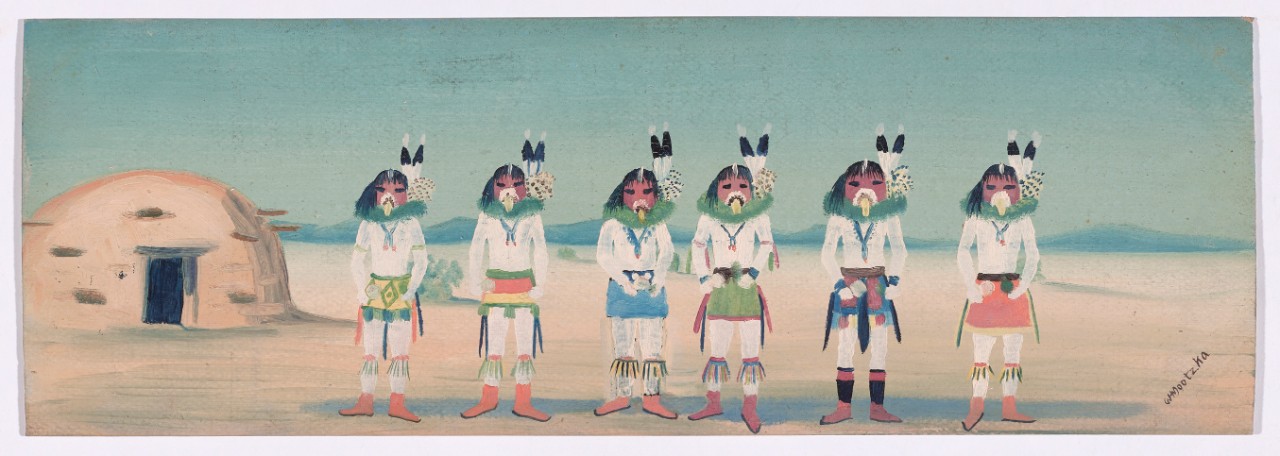
All works in Art Properties, Avery Architectural & Fine Arts Library, Columbia University in the City of New York